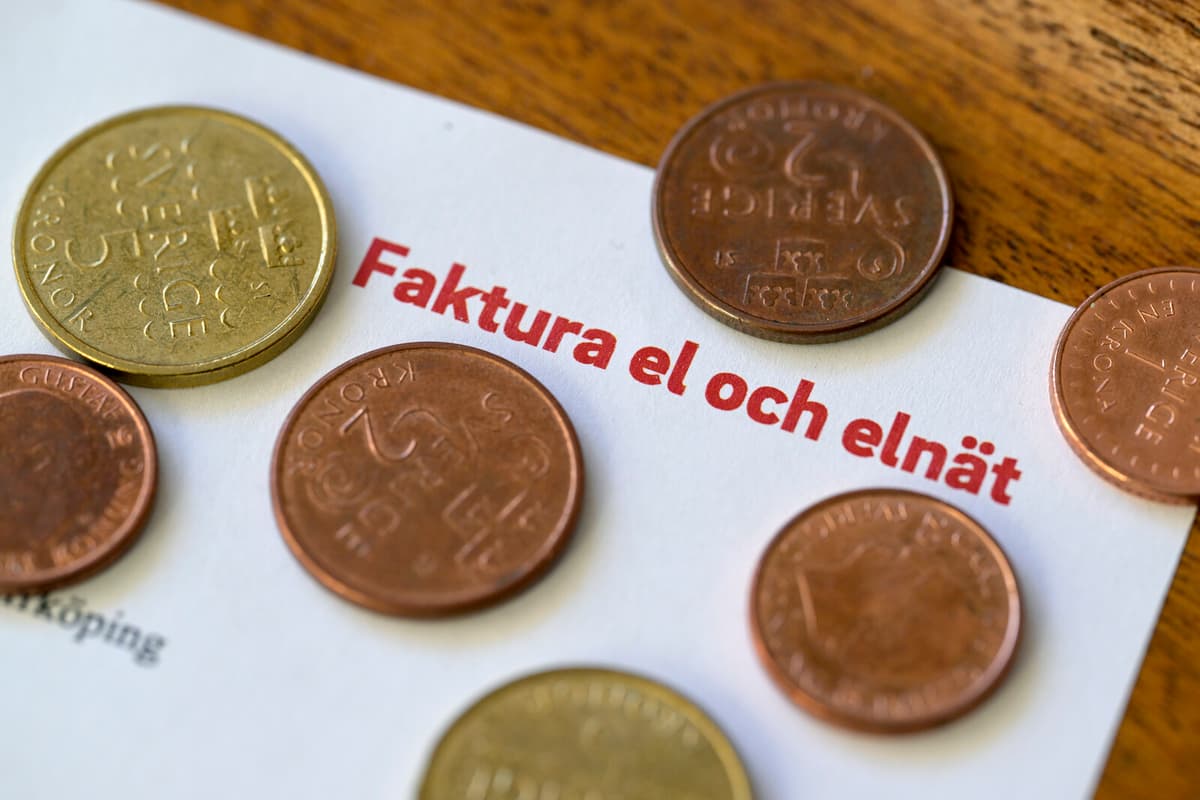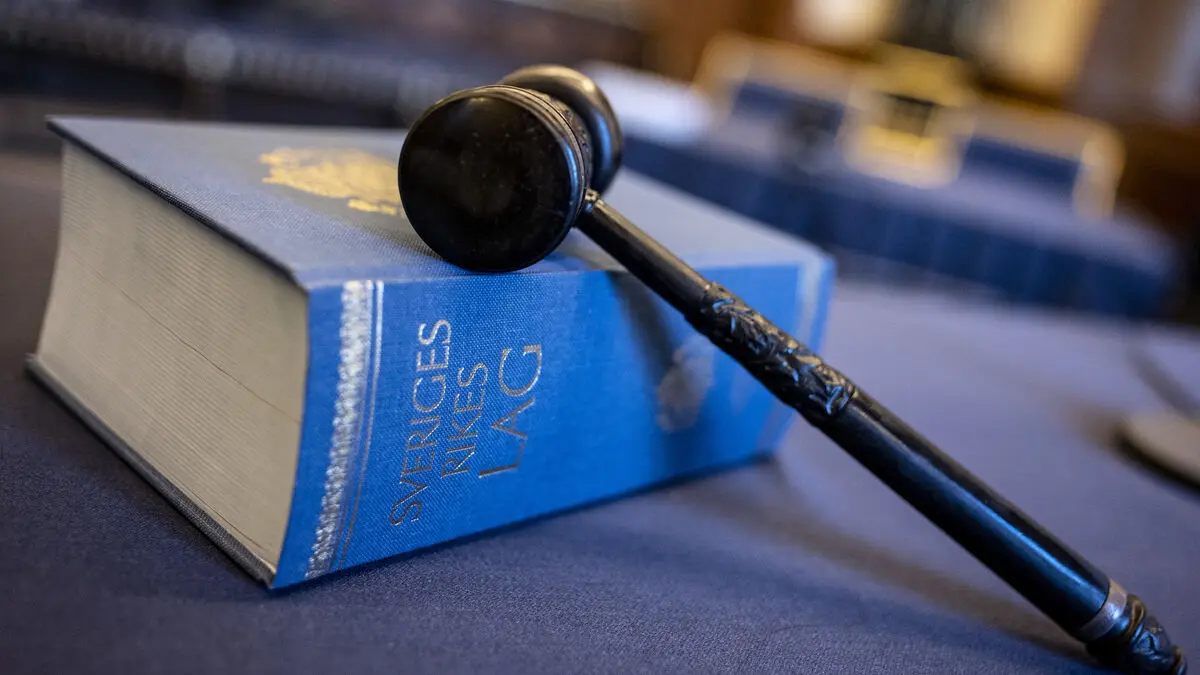The purpose is to get households and companies to spread out their electricity consumption. And several electricity grid companies are already doing this, but none of the larger ones - charging their customers according to so-called effect tariffs. The Energy Market Inspectorate has set a requirement to introduce the new tariff system no later than the end of 2026.
And now Ellevio is taking action. From the turn of the year, half a million villa customers will get effect subscriptions.
Expensive to run everything at the same time
Today, the electricity grid invoice is based on the total electricity consumption plus a relatively high fixed fee, depending on the fuse the homeowner has. Effect subscriptions will instead be based to a greater extent on the average of the three highest effect peaks at a single point in time during a month. So if you run all the machines in the household at the same time, especially those that consume the most electricity, the grid invoice will be higher than if you can spread the usage over the day, preferably late evenings and nights.
In this way, households will be encouraged, through the price, to spread out their electricity consumption. This means that the electricity grid can be used more efficiently. It can be compared to rush hour traffic on the roads when everyone wants to go to and from work at the same time, with queues as a result. Those who are "clever" will then be rewarded with a lower grid fee, is the idea.
Separate price increase
"In this way, the electricity grid invoice becomes more fair, capacity is freed up in the electricity system, and we can use the grids better and longer. If we help each other to become more efficient, everyone wins," says David Bjurhall, head of price and regulatory issues at Ellevio, in a written comment.
According to Ellevio, the change will be a zero-sum game: some will pay more, others less. The new effect tariffs will not result in higher revenues for the grid owner.
However, a separate price increase of the electricity grid fee by an average of six percent from the turn of the year will occur, which according to Ellevio is due to, among other things, more expensive components and investments in the electricity grid.
Since the subscription system is being changed at the same time, it may be difficult to see from the invoice what is what.
Tenant customers are not affected by Ellevio's changed subscription at this stage.
Olle Lindström/TT
Facts: Electricity invoice parts
TT
A household pays for its electricity through two parts:
partly the electricity trade, the actual consumption. There is competition, you can choose an electricity company.
partly the electricity grid fee, where there is a monopoly, there is only one electricity grid company in each area.
If you have the same company for both electricity trade and electricity grid, the household usually gets a joint invoice.
1. Sauna (5,000 watts)
2. Washing machine/bathtub (3,000 watts each)
3. Hair dryer (2,900 watts)
4. Oven (2,500 watts)
5. Kettle (2,200 watts)
6. Dishwasher/drying cabinet/drying tumble dryer (2,000 watts each)
7. Microwave oven/stove (1,500 watts each)
8. Coffee maker (1,450 watts)
9. Vacuum cleaner (1,000 watts)
10. Coffee brewer (800 watts)
Source: Öresundskraft





